|
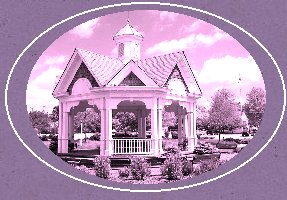 |
About
Aurora
Country : United
States of America
State : Ohio
County : Portage
Population:16.959
(census 2000) |
The
city of Aurora, Ohio is situated between the two larger major cities of
Cleveland and Akron. It is 30 miles southeast of the former and 20 miles
northeast of the latter. It was not until the closing years of the 18th
century, after hostilities with the indians were resolved, that the lands
of the “Western Reserve” became the frontier for immigration by settlers.
 |
Aurora traces
its roots to 1799, with the arrival of a small party under Capt. Ebenezer
Sheldon, a former Revolutionary War soldier. Sheldon represented a group
of land investors comprised of citizens of Suffield, Connecticut who had
acquired some land and sent him to settle it and act as their agent. He
proceeded to build a log cabin and cut some roadways to other settlements
before retrieving his family to make it his permanent home. Before long,
others followed. Seventy-two people came in 1807 alone, beginning an influx
that would carve roads through the surrounding forests and make their homesteads
in cabins throughout the township.
|
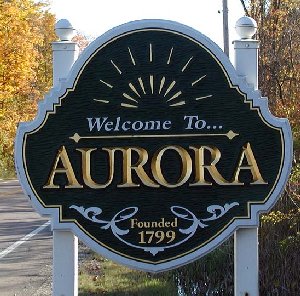 |
|
With the
Chagrin River flowing through Aurora, the available waterpower fostered
industries geared toward the local needs of a developing area: sawmills,
a gristmill, a tannery, an ashery, a woolen factory and a blacksmith. Meanwhile,
road development by the Connecticut Land Company, the holder of much of
the rest of the property in Northeastern Ohio, connected Aurora to the
state capital in Chillicothe as well as Cleveland and Lake Erie to the
North, facilitating commerce. Other cities would rapidly surpass Aurora
in industrial might, but for a period Aurora managed to become famous as
the cheese center of the nation. The industry got started around 1819 when
Harvey Baldwin took a ton of cheese produced at Aurora down the Ohio River,
selling his cargo along the way at a great profit, while at substantially
lower prices than expensive imported cheese.
|
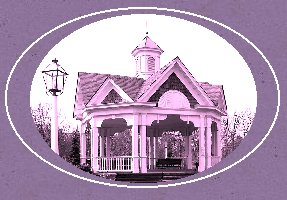
|
Gradually,
more and more entrepreneurs in Aurora were attracted into the cheesemaking
business.
 |
Local cheese
barons such as Hopson Hurd and his son Frank, and Willis J. Eldridge were
instrumental in the industry's growth, building local factories to make
cheese in uniform sizes and grades to command higher prices than the products
sold by local farmers. The main obstacle to the growing industry was distribution
to increasing numbers of markets. The arrival of the steam railroad in
Aurora in 1856 alleviated much of this problem.
Eventually
this market dominance would fade, but Aurora remained well known for other
reasons. In 1888 Geauga Lake in Aurora was developed into a resort attraction,
with a luxury hotel and dance hall called Picnic Lake Park.
|
The
first amusement ride would arrive the next year, a steam-powered carousel.
Later roller coasters and other thrill rides were

|
added,
together with aquatic shows on the lake.
That
evolved was a major, family-oriented amusement park known as Geauga Lake
Park. Expansion of this park continued throughout the 20th century, and
with the building of Sea World there in 1970, Geauga Lake and the Aurora
area became a bonafide first-class tourist attraction.
During
the late 20th century, Aurora became increasingly attractive for residential
development by virtue of finding itself at the intercept
|
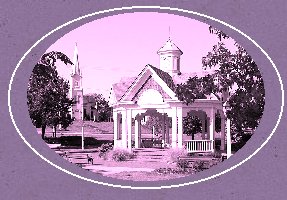 |
of
Cleveland and Akron suburban expansion. It has become an area of rapid
development, with nearly a doubling of population
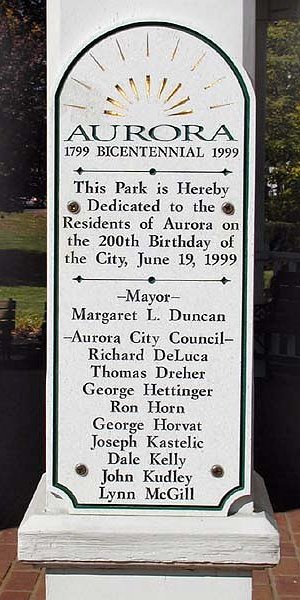 |
in
the past 15 years. Aurora’s residents enjoy quiet living areas with up
to date
shopping
centers, recreational areas like Geauga Lake Park, as well as an area playhouse
and cultural opportunities locally and in the Cleveland's Playhouse Square
area and Akron's E.J. Thomas Hall.
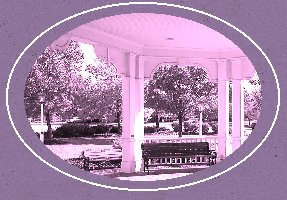 |
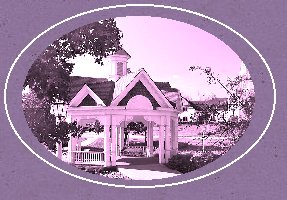 An
excellent educational opportunity is provided by the Aurora school system
and five universities and colleges are within 30 minutes of Aurora
An
excellent educational opportunity is provided by the Aurora school system
and five universities and colleges are within 30 minutes of Aurora
|
Aurora's
desire to maintain its heritage has prompted community leaders to establish
and maintain architectural standards to comply and be compatible with the
Western Reserve architectural style. This is reflected in the design of
a relatively new structure in Aurora, the bandstand that you see here.
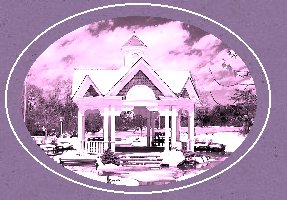
|
The
bandstand is part of the city’s community center. It was constructed in
celebration of Aurora’s bi-centennial anniversary in 1999. It combines
the classic elements of bandstand design (elevated octagonal platform,
pillars connected with railings) with a modernistic roof treatment that
maintains the styling cues of Western Reserve architecture.
|
|
By
this means, it bridges the past into the future for this still-growing
and prospering commumity.
|
Annual
Tree Lighting Ceremony
Saturday, December
3
at 5:00 P.M.
at the Bicentennial
Gazebo
near the Library.
This is Aurora's
official kick off to its holiday season.
Join Mayor McGill
in the lighting of the tree.
Prior
to the tree lighting the Aurora Community Theater
will host a
free holiday program at 4 p.m.
Aurora,
Ohio Web Site
|

|
|